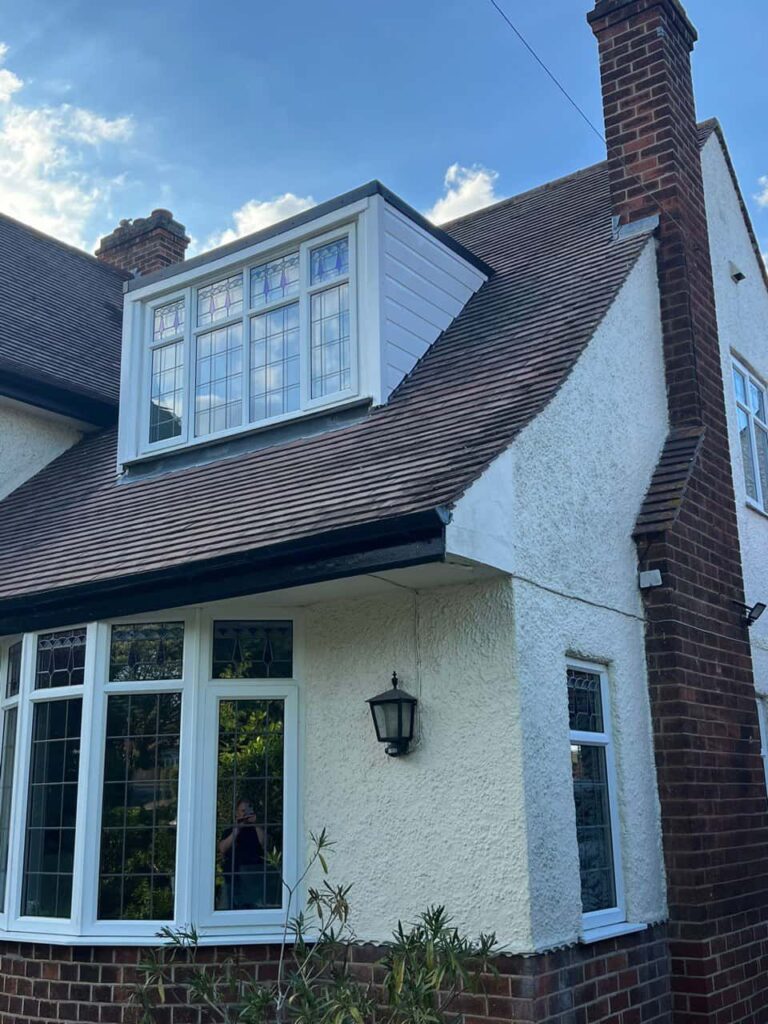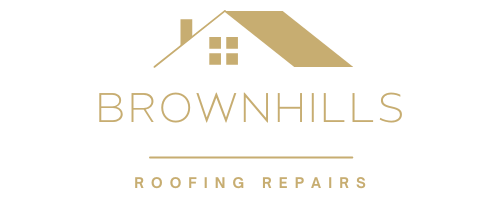Introduction: At Brownhills Roofing Repairs, we know that your roof is one of the most critical components of your home, providing protection from the elements and ensuring your family’s safety. However, roof damage is only sometimes obvious, and hidden issues can escalate into costly emergencies if addressed promptly. This blog post will guide you through spotting hidden roof damage before it becomes a major problem.
1. Regular Roof Inspections
The first step in identifying hidden roof damage is conducting regular inspections. We recommend inspecting your roof at least twice a year, ideally in the spring and autumn. During these inspections, look for any signs of wear and tear, such as:
- Missing or damaged tiles: Check for any cracked, broken, or missing tiles.
- Debris accumulation: Leaves, branches, and other debris can trap moisture, leading to rot and damage.
- Granule loss: Asphalt shingles lose granules over time, which can indicate they are nearing the end of their lifespan.
2. Interior Checks
Hidden roof damage often manifests inside your home before it becomes visible on the exterior. Regularly check your attic and upper floors for signs of potential issues:
- Water stains and damp patches: Look for discolouration or dampness on the ceiling and walls, which can indicate a leak.
- Mould and mildew: Mould or mildew is a clear sign of moisture ingress, often caused by roof damage.
- Sagging ceilings: A sagging ceiling is a serious indication of water damage and should be addressed immediately.
3. Gutter Maintenance
Your gutters are crucial in directing water away from your roof and home. Clogged or damaged gutters can lead to water pooling and seeping into your roof. Keep an eye out for:
- Overflowing gutters: If water spills over the sides, your gutters may be blocked.
- Loose or detached gutters: Ensure your gutters are securely attached and properly aligned.
- Granule buildup: Excessive granules in your gutters can indicate that your shingles are deteriorating.
4. Flashing and Sealant Inspection
Flashing and sealant around roof penetrations, such as chimneys, skylights, and vents, are critical areas to inspect for hidden damage:
- Damaged flashing: Look for signs of rust, cracks, or loose flashing.
- Worn sealant: Check for any cracks or gaps in the sealant around roof penetrations.
5. Monitor for Unusual Sounds
Unusual sounds from your roof can also indicate hidden damage. Listen for:
- Creaking or popping noises may suggest that your roof structure is shifting or under stress.
- Dripping sounds: Even if you can’t see a leak, the sound of dripping water can indicate a hidden issue.
6. Professional Roof Inspections
While regular self-inspections are crucial, having a professional roofer inspect your roof periodically is also essential. Professional roofers have the expertise and equipment to identify hidden damage that may not be visible to the untrained eye. Brownhills Roofing Repairs offers comprehensive roof inspection services to ensure your roof remains in top condition.
7. Immediate Action
If you spot any signs of hidden roof damage, taking immediate action is crucial. Delaying repairs can lead to more extensive and costly issues, including structural damage and mould growth. Contact Brownhills Roofing Repairs when you notice any potential problems to schedule a professional assessment and repair.
Conclusion: Identifying hidden roof damage before it becomes an emergency is vital for maintaining the safety and integrity of your home. By conducting regular inspections, monitoring for signs of interior damage, maintaining your gutters, and seeking professional assistance, you can prevent minor issues from escalating into major problems.
Call us on: 01543 222 994
Click here to find out more about Brownhills Roofing Repairs
Click here to complete our contact form and see how we can help you with your XXX needs.

